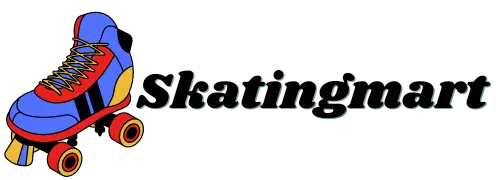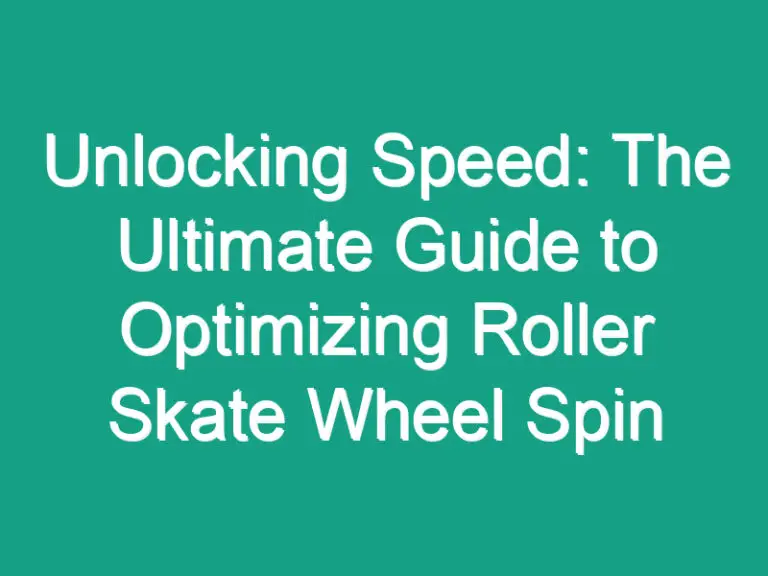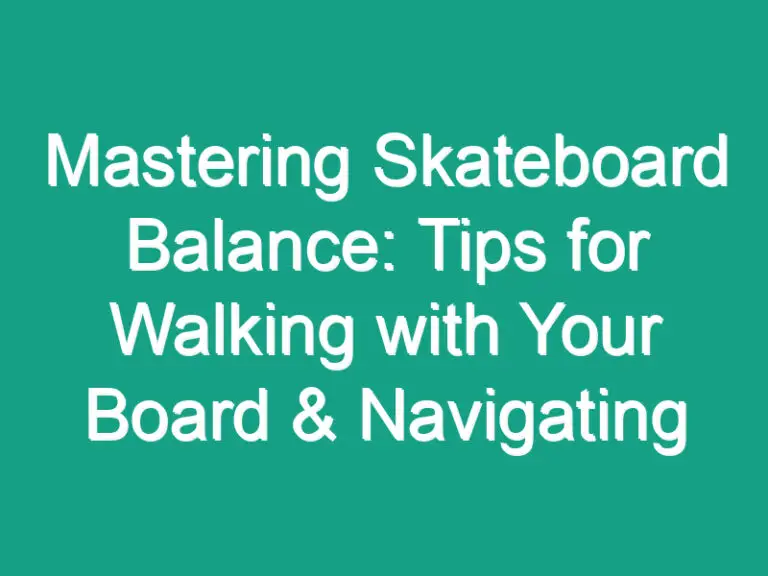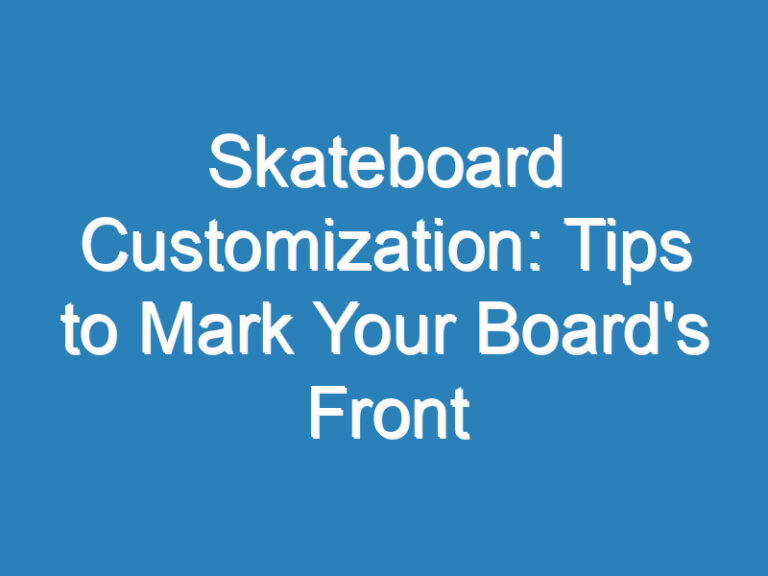
Are you looking to upgrade your skateboard with longboard wheels? In this guide, I’ll show you the step-by-step process of putting longboard wheels on a skateboard. Swapping out your wheels can enhance your ride and give you a smoother cruising experience. Let’s dive in and get those longboard wheels rolling on your skateboard!
Key Takeaways
- Gather all necessary tools before starting the process to ensure a smooth upgrade experience.
- Remove the current wheels carefully, keeping track of bearings and washers.
- Install longboard wheels by securing them properly and checking for smooth spinning.
- Adjust trucks for optimal performance with longboard wheels by finding the right balance between stability and maneuverability.
- Test the new setup by checking turning radius, stability, maneuverability, listening for unusual noises, and fine-tuning as needed for an enhanced riding experience.
Gather the Necessary Tools
When upgrading my skateboard with longboard wheels, I always make sure to have all the essential tools on hand. Here’s what I gather before starting the process:
- Skate tool: A multitool designed for skateboards, indispensable for adjusting the trucks and wheels.
- Longboard wheels: Make sure to choose the right size and durometer for a smoother ride.
- Skateboard deck: The main body of the skateboard where all the components are mounted.
- Trucks: The T-shaped metal pieces that hold the wheels and attach to the deck.
- Bearings: These allow the wheels to spin freely on the trucks.
- Hardware: Includes screws and nuts to secure the trucks to the deck.
- Riser pads (optional): These go between the trucks and the deck to prevent wheel bite.
Having these tools ready before you start the process ensures a smooth upgrade experience.
Remove the Current Wheels
When it comes to putting longboard wheels on a skateboard, the first step is removing the current wheels. Here’s how I go about it:
- Loosen the nuts on the trucks using a skate tool.
- Remove the nuts and speed washers holding the wheels in place.
- Slide off the old wheels carefully, making sure not to lose any bearings or spacers.
Once I’ve successfully removed the old wheels, I’m ready to move on to the exciting part – installing the new longboard wheels onto my skateboard deck.
Install the Longboard Wheels
Let’s get to the exciting part – installing the longboard wheels onto your skateboard deck. Here’s how I do it:
- Place a washer on the axle followed by a longboard wheel. Insert the wheel onto the axle making sure the bearing side is facing inward towards the center of the skateboard.
- Add a speed washer onto the axle, followed by a nut. Tighten the nut until it is snug, but be careful not to overtighten as it may affect the wheel’s ability to spin freely.
- Repeat the process for the remaining wheels, ensuring they are all securely in place with no wobbling.
- Check that each wheel spins smoothly without any resistance. If you encounter any issues, retrace your steps to ensure proper installation.
- Once all the longboard wheels are securely in place, give them a test spin to ensure they rotate smoothly and without any wobble.
Now that the longboard wheels are installed, you’re one step closer to transforming your skateboard into a cruising machine. But wait, there’s more to the process. Stay tuned for the next steps to complete the upgrade seamlessly.
Adjusting the Trucks
When Adjusting the Trucks of your skateboard to accommodate longboard wheels, it’s crucial to ensure the right balance between stability and maneuverability. Loose trucks can provide better turning ability, while tight trucks offer more stability at higher speeds. Finding the perfect balance is key to a smooth ride.
Here’s how I recommend adjusting the trucks for optimal performance with longboard wheels:
- Use a skate tool to adjust the kingpin nut, either tightening or loosening it according to your preference.
- Check the bushings to ensure they are the right durometer for your riding style. Softer bushings offer more turn, while harder bushings provide stability.
- Test your skateboard’s turning radius after each adjustment to find the sweet spot for your riding comfort.
By fine-tuning your trucks to match your longboard wheels, you’ll experience an enhanced riding experience with improved control and responsiveness.
Test the New Setup
After adjusting the trucks to fit longboard wheels, it’s crucial to test the new setup thoroughly. Here are some essential steps I always take to ensure everything is dialed in perfectly:
- Test the turning radius: Make sure to check how the board responds to different turning angles. Smooth and controlled turns are key for a comfortable ride.
- Check the stability: Ride the skateboard at various speeds to assess its stability. A well-balanced setup will feel secure and predictable.
- Assess the maneuverability: Experiment with quick turns and sharp corners to gauge the board’s maneuverability. Optimal maneuverability allows for versatility in different riding conditions.
- Inspect for any unusual noises: While riding, pay attention to any strange sounds that may indicate issues with the setup. Silent operation is a good sign of a properly adjusted skateboard.
- Fine-tune as needed: If you notice any discrepancies in performance, don’t hesitate to make further adjustments. Constant tweaking ensures an optimal riding experience.
Testing the new setup is a crucial part of the process, helping me refine the skateboard to meet my specific riding preferences. Remember, each rider has unique preferences, so don’t be afraid to tailor the setup to suit your individual style.
Conclusion
Testing your skateboard after adjusting the trucks for longboard wheels is crucial. Make sure to assess the turning radius, stability, maneuverability, and listen for any unusual noises while riding. Fine-tune the setup according to your riding preferences for the best experience. Remember, customization is key to optimizing your ride with longboard wheels on your skateboard. Enjoy the journey!
Frequently Asked Questions
How important is it to test the skateboard after adjusting the trucks for longboard wheels?
It is crucial to test the skateboard after adjusting the trucks for longboard wheels to ensure optimal performance. Testing helps in evaluating the turning radius, stability, maneuverability, and detecting any unusual noises that may impact the riding experience.
Why is fine-tuning the setup based on individual riding preferences emphasized?
Fine-tuning the setup based on individual riding preferences is essential to tailor the skateboard to the rider’s specific needs. This customization helps in enhancing comfort, control, and overall satisfaction during rides.

Hi, This is Roasalin, I have loved Skating since my early childhood days, and here I share my experiences and tips for beginners who want to turn into pro skaters. I hope you find it useful. you can contact me here






